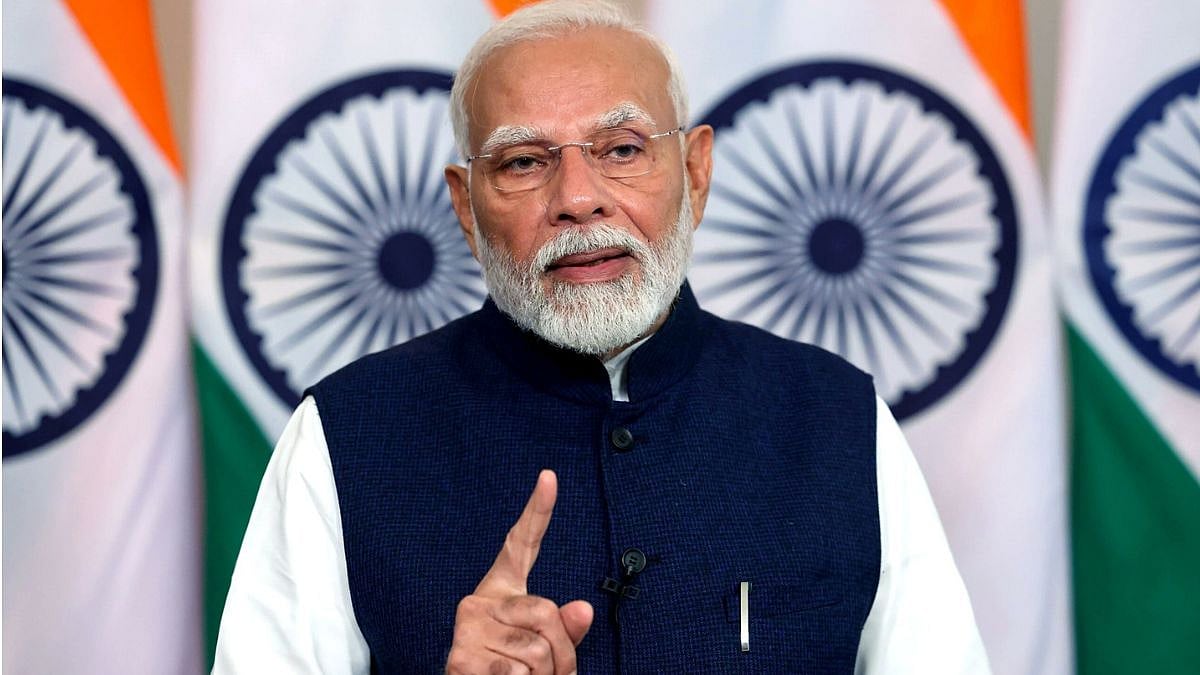Harold Wilson’s remark that a week is a lifetime in politics holds validity even today. The US presidential race, with election scheduled on November 5, demonstrates it. A month ago, the Biden-Trump contest was perceived as an unexciting rematch, between two old men verging on senility.
Starting with their first debate on June 27, when Biden grossly underperformed, the contest has swung unpredictably. On July 2, a Democratic Congressman was the first to seek Biden’s withdrawal. On July 13, a failed assassination attempt on the former president. Donald Trump catapulted him into the lead with public sympathy and a fired-up base. President Biden fell sick with Covid on July 17, raising speculation about his likely withdrawal to a crescendo. On July 18, Donald Trump was formally nominated at the Republican convention.
The final twist came suddenly on July 21 when President Joe Biden released his letter, announcing withdrawal from the US presidential race. Minutes later, he endorsed his Vice President Kamala Harris as his replacement. None could have foreseen these twists and turns. Kamala Harris has demonstrated political suaveness in quickly engaging and winning over the Democratic party leaders, including nominees, who will approve the party’s presidential candidate at the national convention. A sign of renewed enthusiasm in the party is over $140 million contributed in 48 hours by supporters, mostly new contributors numbering over 1 million. Smaller donations from a larger number of people could mean they are potential voters. Latest polls indicate the gap between Harris and Trump narrowing, though much campaigning is still left.
It raises a question whether poll outcomes can be predicted with certainty. In the case of the British parliamentary election, analysts had been consistently predicting a sweep by the Labour Party. It was expected to win 422 seats against 140 by the ruling Conservative Party. The actual figures were 411 and 121, indicating a fairly accurate assessment, considering it was a three-way fight, with the Liberal Democrats a close third. An interesting feature is that the total votes polled by the Labour Party and the Conservatives was a mere 57.4% with the smaller parties getting 42.6%.
The parliamentary election in France on June 30 and July 7 had, instead, an unexpected outcome. Renaissance, the centrist party of President Emanuel Macron, as well as the left of centre alliance of the socialist and the Communist parties was expected to perform poorly as the right-wing party National Rally (RN) had demonstrated increased public support during the European Union Parliamentary elections. The same was seen in the first phase of the election. However, the fear of the right-wing seizing power forced the rest to tactically realign. As a result, the RN has been relegated to the third place with no party or alliance able to garner a majority. A candidate for prime ministers position proposed by the left has been kept hanging by President Macron.
The presidential election in Iran on June 28 and July 5 also provided similar drama. In the first phase, there was a three-way contest in which the liberal candidate Masoud Pezeshkian led with the two conservative candidates coming second and third. Because no candidate crossed the minimum 50% threshold, the first two faced a run-off on July 5. Normally, it would have been expected that with one conservative candidate, of the two, dropping off their vote would combine to beat the leading liberal. This is what happened in the 2005 presidential election when Ahmadinejad came from behind in the second phase to win. However, the people of Iran surprised the Islamist regime by turning out in larger numbers to vote in the second phase. Although the final turnout of 49.8% was still considerably lower than the historical voting percentages, it was way above the 39.92% in the first phase.
The unpredictability of electoral outcomes in democracies globally, in the past few months, was first demonstrated in June by the Indian Parliamentary election results. Once again, weeks before the long drawn out election started, the BJP’s victory was taken as a foregone conclusion. The debate was merely only over whether the BJP could bag 400 seats. The results instead plunged the BJP 30 seats below the half-way mark. The obvious lesson is that consistently assessing the mood of the public is not a science. The US presidential election has to be viewed against this experience. Although Trump may still be in the lead, the Democrats by the sudden switch of their candidate have imparted new energy into the race. The US election, more than the other elections mentioned above, holds great significance for the world due to the criticality of the role that the US plays globally. The next hundred days, therefore, will be closely watched by all, especially Russia and China, which are pushing the world towards new bipolarity. Whether the US’ balancing role will persist or collapse hinges on the November election outcome.
KC Singh is former secretary, Ministry of External Affairs










